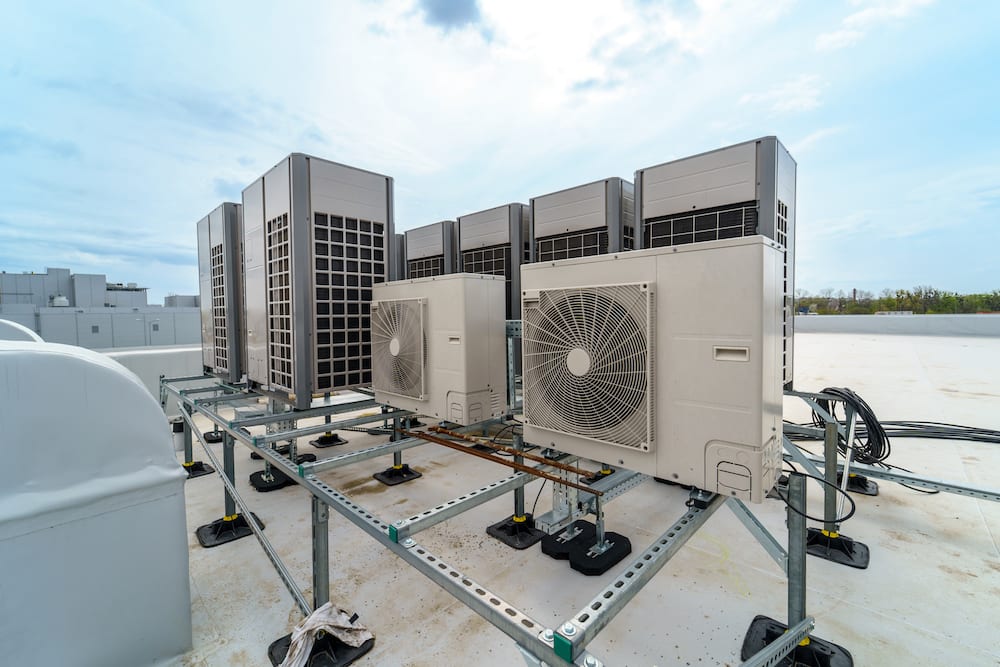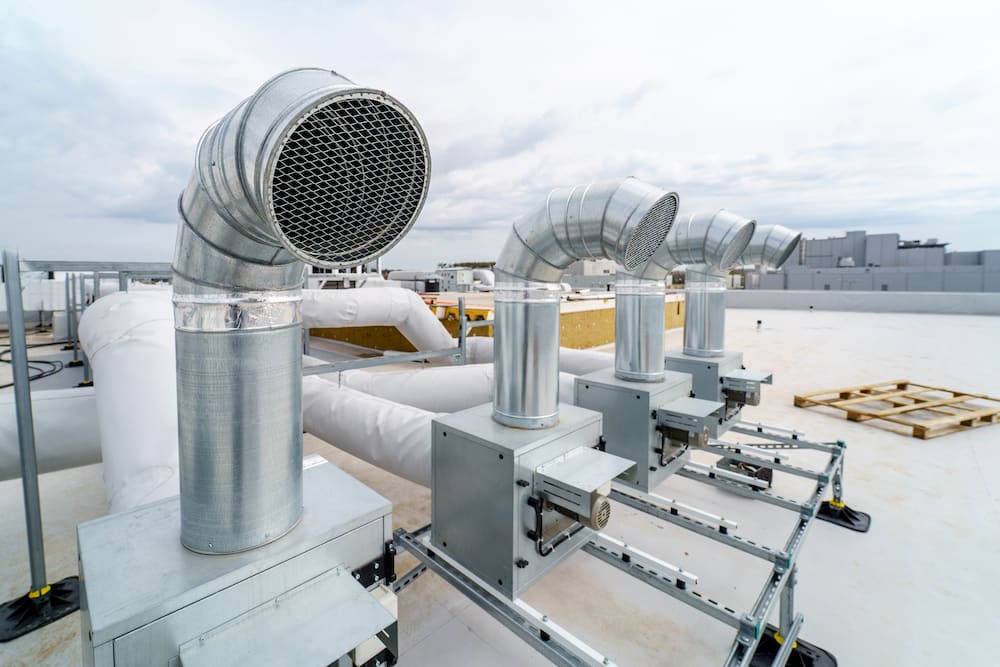- Published 19 Apr 2024
- Last Modified 19 Apr 2024
- 5 min
Variable Speed Electric Motors in HVAC Systems for Energy Efficiency
Learn how variable speed electric motors can transform HVAC systems for better energy efficiency and reduced operating costs. Explore more with RS AU.

In the current climate of rising energy prices and environmental consciousness, Australian industries and businesses are prioritising energy efficiency more than ever before. Besides reducing the environmental impact of their operations, more companies are looking to implement energy-saving equipment in order to improve their bottom line.
Enter Variable Speed Electric Motors (VSEMs) in Heating, Ventilation and Air-Conditioning (HVAC). VSEMs are an essential component in modern HVAC systems that enable energy efficiency in buildings. These motors dynamically adjust their speed to match the fluctuating heating and cooling demands of a space. They are practical and cost-effective solutions for building owners looking to provide a comfortable environment for tenants whilst meeting environmental goals and saving on energy costs.

What are VSEMs and How Do They Work?
Compared to traditional fixed-speed motors that operate at full capacity regardless of demand, variable speed electric motors, also known as variable frequency drives, have the ability to dynamically adjust their speed based on real-time heating and cooling requirements. This is done with the aid of an electronic control unit that modulates the power supply to the motor for precise speed adjustments.
This intelligent control over motor speed means that VSEMs consume only as much energy as needed, leading to significant energy savings and operational costs. Plus, HVAC systems with VSEMs are also much quieter during operation as the fans can spin more slowly when demand is low.
Finally, VSEMs allow building owners to meet the 2012 Greenhouse and Energy Minimum Standards Act, which is an Australian legislation that governs the minimum energy performance standards for a range of electrical appliances, including HVAC systems.
The Role of VSEMs in HVAC Systems

Variable speed electric motors are primarily used to control the speed of the fans and pumps that circulate air and coolant in a typical HVAC system. By dynamically adjusting airflow and coolant flow, VSEMs help HVAC installations operate more efficiently, leading to several key benefits:
- Energy Efficiency: VSEMs stand out for their ability to dynamically adjust motor speeds based on the actual demand for heating, cooling, and ventilation. The ability to ramp up or dial down motor operations translates to significant energy savings, as the system only uses the energy necessary to maintain optimal indoor climates, significantly cutting down on wastage.
- Enhanced Comfort: The precision control afforded by VSEMs directly contributes to maintaining stable indoor temperatures, avoiding the peaks and troughs often experienced with fixed-speed systems.
- Longevity and Reduced Maintenance: HVAC systems with VSEMs can dial down and operate at speeds lower than their maximum capacity. This decreases wear and tear, extending the lifespan of the HVAC installation and reduces the need for frequent maintenance. This is especially useful for HVAC systems in mining operations, where the consistency and longevity of the HVAC installation directly influences the well-being of workers.
How to Implement VSEMs in Existing HVAC Systems
Retrofitting existing HVAC systems with variable speed electric motors can be a game-changer for Australian businesses looking to improve energy efficiency and enhance indoor comfort. However, such HVAC upgrades can be tricky. Here are some factors to consider before making the switch:
1. Assessment and Planning
- Compatibility Check: It’s important to conduct a thorough examination of the current HVAC system to determine its compatibility with VSEMs. This includes assessing the condition of fans, pumps, and ductwork to ensure they can accommodate variable speed operations.
- Energy Saving Potential: Evaluate the HVAC system's current energy consumption and estimate potential savings from VSEM integration. Consider factors such as the age of the system, typical usage patterns, and the specific needs of the building to identify areas where VSEMs could have the most impact.
- Cost-Benefit Analysis: While the upfront cost of VSEM installation can be significant, the long-term savings on energy bills and reduced maintenance costs can offset this initial investment. Performing a detailed cost-benefit analysis, possibly with the help of energy efficiency calculators or consulting services, can provide a clearer picture of the return on investment.
2. Installation Process
- Professional Consultation: Engaging a certified HVAC professional is crucial for a seamless upgrade. These experts can provide insights into the best VSEM products for your specific system and assist with the complexities of integration.
- Compliance with Australian Standards: Ensure that the installation process adheres to all relevant Australian standards and building codes. This includes the National Construction Code (NCC) and standards set by the Australian Refrigeration Council (ARC), ensuring safety, efficiency, and reliability.
- System Recalibration: Post-installation, the HVAC system will require recalibration to optimise the performance of the VSEMs. This involves adjusting the control settings to match the newly installed motors' capabilities, ensuring efficient operation and maximum energy savings.
Find the Right VSEM for Your HVAC System with RS Australia
Incorporating variable speed electric motors into HVAC systems is a forward-thinking approach that aligns with the growing emphasis on energy efficiency and sustainability within Australian industries. By retrofitting existing systems with VSEMs, businesses can benefit from significant energy savings, enhanced operational efficiency, and a marked reduction in environmental impact, all while ensuring compliance with Australia's rigorous energy standards.
Explore RS Australia’s wide selection of variable speed electric motors to optimise your HVAC systems for energy efficiency and sustainability today.